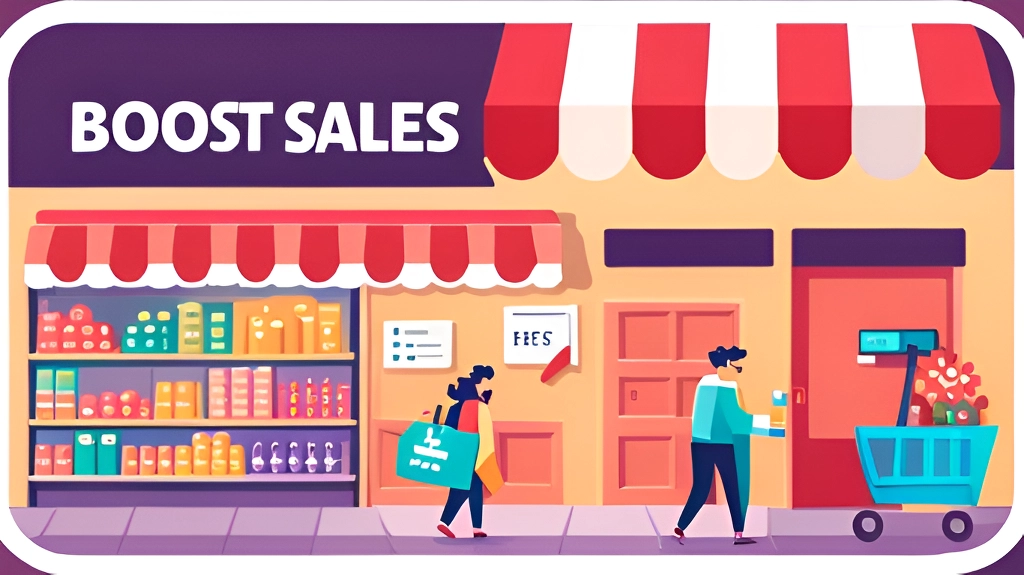Optimizing Page Speed for Better User Experience

In today’s fast-paced digital world, users expect websites to load quickly and provide a seamless browsing experience. A slow-loading website not only frustrates users but also leads to higher bounce rates and lower conversion rates. Page speed is a critical factor that directly impacts user experience and search engine rankings. To ensure a positive user experience and achieve better online performance, optimizing page speed is essential. In this article, we will explore the importance of page speed, factors affecting it, and effective strategies to optimize page speed for a better user experience.
The Importance of Page Speed
Page speed refers to the time it takes for a web page to load completely in a user’s web browser. It is a crucial factor that affects user satisfaction, engagement, and website performance. Here’s why page speed matters:
User Experience: Users expect instant access to information and quick interactions. A fast-loading website improves user experience, keeping visitors engaged and reducing bounce rates.
Search Engine Rankings: Search engines, like Google, consider page speed as one of the ranking factors. Faster websites tend to rank higher in search results, leading to increased organic traffic.
Mobile Experience: With the rise of mobile browsing, page speed becomes even more critical. Mobile users often have slower internet connections, making fast-loading pages essential for a positive mobile experience.
Conversion Rates: A faster website leads to better conversion rates. Users are more likely to complete purchases, fill out forms, or take other desired actions on a site that loads quickly.
Factors Affecting Page Speed
Several factors contribute to the page speed of a website. Understanding these factors helps in identifying areas that need improvement. The primary factors affecting page speed include:
Server Response Time: The time it takes for the web server to respond to a user’s request.
Image Size and Compression: Large and unoptimized images can significantly slow down page loading times.
Render-Blocking Resources: JavaScript and CSS files that prevent the page from rendering until they are fully loaded.
Browser Caching: Lack of caching mechanisms can result in unnecessary repeated downloads of assets.
Web Hosting: The quality and performance of the web hosting provider can impact page speed.
Strategies to Optimize Page Speed
Now that we understand the importance of page speed and the factors affecting it, let’s explore effective strategies to optimize page speed:
Optimize Images: Compress and resize images to reduce their file size without compromising quality. Use image formats like WebP, which offer better compression than traditional formats.
Minimize HTTP Requests: Reduce the number of requests made to the server by combining CSS and JavaScript files and using CSS sprites for icons and small images.
Enable Browser Caching: Set appropriate cache-control headers to allow browsers to store cached versions of the page and assets, reducing load times for returning visitors.
Gzip Compression: Enable Gzip compression on your server to compress files before sending them to the user’s browser, reducing file sizes and speeding up loading times.
Optimize CSS and JavaScript: Minify CSS and JavaScript files to remove unnecessary characters, spaces, and comments, reducing file sizes and improving load times.
Use Content Delivery Networks (CDNs): CDNs distribute your website’s static assets across multiple servers worldwide, allowing users to download them from the nearest server, improving load times.
Prioritize Above-the-Fold Content: Load critical above-the-fold content first, allowing users to view and interact with essential elements before the entire page loads.
Reduce Redirects: Minimize the use of redirects, as each redirect creates an additional HTTP request and slows down the page.
Upgrade Web Hosting: Choose a reliable and performance-oriented web hosting provider that can handle your website’s traffic and provide faster server response times.
Implement Asynchronous Loading: Load non-essential scripts and elements asynchronously, preventing them from blocking the rendering of the page.
Measuring Page Speed Performance
To gauge the effectiveness of your page speed optimizations, use tools that provide detailed performance insights. Some popular tools include:
Google PageSpeed Insights: This tool analyzes your website’s speed on both desktop and mobile devices, providing actionable suggestions for improvement.
GTmetrix: GTmetrix offers a comprehensive performance report, including page load time, total page size, and recommendations for optimization.
Pingdom Website Speed Test: Pingdom provides a breakdown of load time by content type and performance insights to identify bottlenecks.
Conclusion
Optimizing page speed is not just a technical consideration; it is crucial for providing a positive user experience, boosting search engine rankings, and improving website performance. By implementing the strategies mentioned above and regularly monitoring page speed using performance tools, you can create a faster, more efficient website that keeps users engaged and coming back for more. Remember, a faster website is a key factor in today’s digital landscape, and it sets the foundation for a successful online presence.



